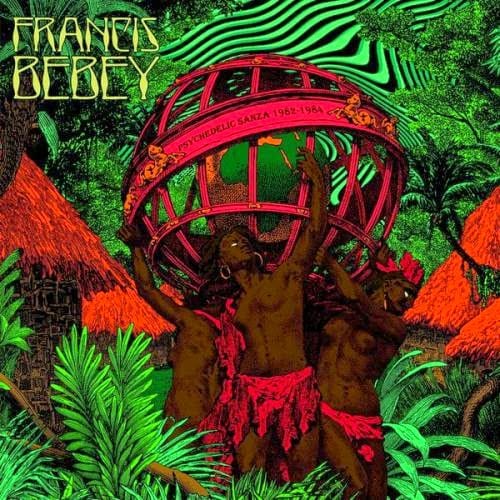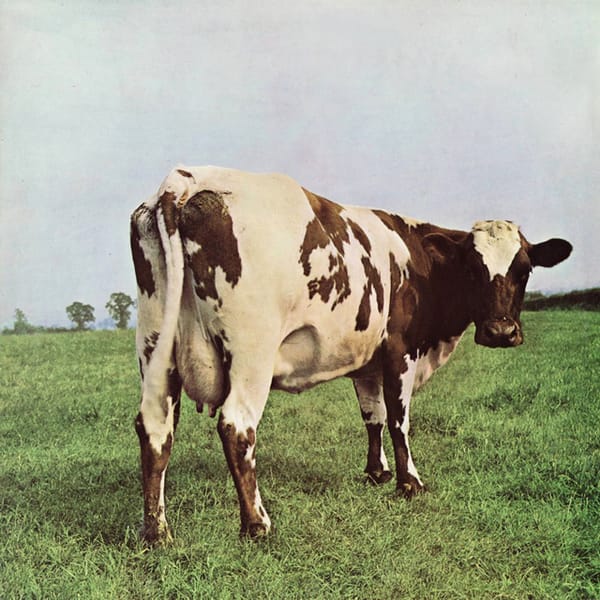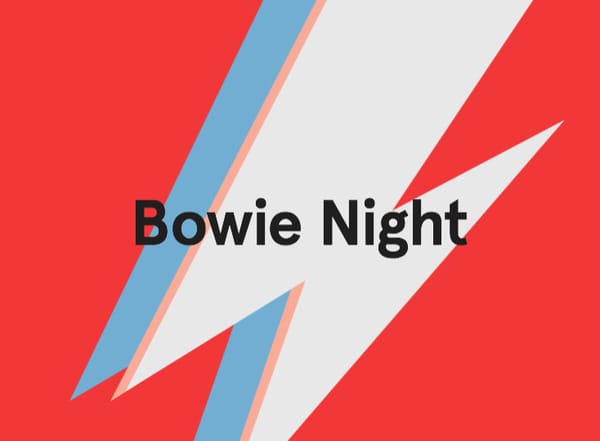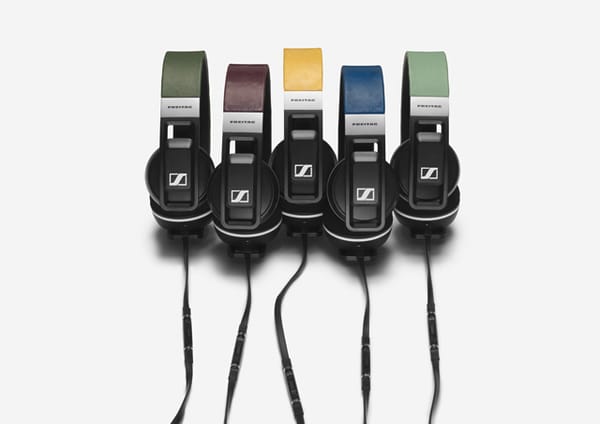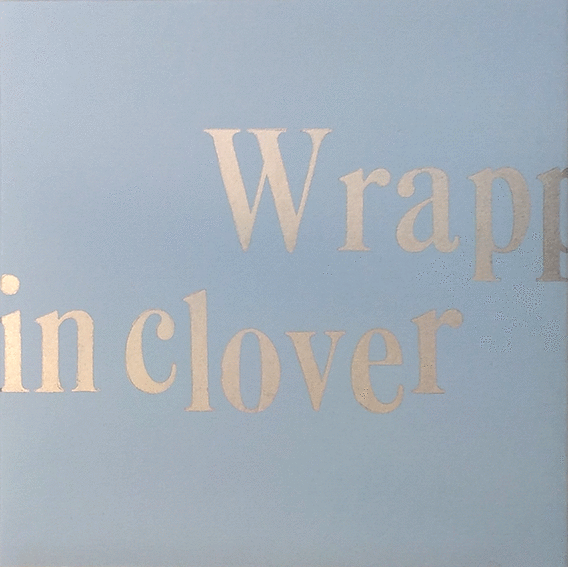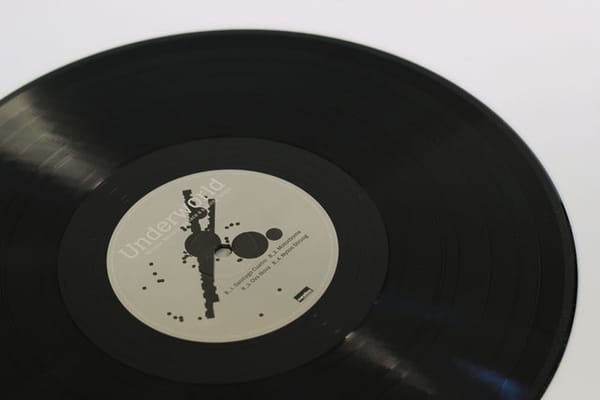The cover of Cameroonian musician Francis Bebey’s early 80s record Psychedelic Sanza is a daring triumph of art and design, argues ROOMS magazine’s Jeremiah Tayler.
Asked to think on my piece for Covershot, initially, my mind sent forth for books, magazines… memorable things based amid words, because that’s what I mostly deal in – words. But (like criminal evidence) they were all locked up in storage, so I stepped beyond that format into the world of sound. There’s a myriad of album artworks to consider; glam rock in the form of the Black Crowes gave way to pubic bush on cover sleeves while theVelvet Underground became unanimously synonymous with a banana.
But above all Francis Bebey’s Psychedelic Sanza stands out to me for its traditional, albeit, ever so contemporarily relevant approach. Note for example, the decision to inflect the instrument’s ‘s’ into a ‘z’. With that, the spirit of an ancestral Africa is depicted through the means of a naturalistic barrage. A descending sky – the divided colour of black and green – is the very same colour as the shoots and leaves stemming forth from the earth. They strive through an innate explosiveness for an upwardly attained ‘psychedelic’ transcendentalism.
Three bleak-eyed goddesses storm like the sisters of Fate through a dense terrain as anthropomorphic as Conrad’s own dark heart. Above their heads they hold the globe upon its decorated axis as though they were different aspects of Atlas. It’s centred on Africa – the evolutionist’s mother to us all. The ethereal figures stand like statues made of the very stuff beneath them, as they carry their standard and branch into new terrain. It heralds, like a call to arms, a movement brave and bold and a daring triumph of art and design.
What ‘psychedelic’ infers here is a repetitious motif suggested by the contrasting waves and kaleidoscopic, lithographic, and complimentary coloured aesthetic. The starkly standing huts symbolise civilisation’s progression and power over nature. They exist as the people do, and as such, the world follows suit. To bear witness to the past while looking ahead is a feat that we should all want to accomplish, and is achieved here in the overall artistry of the piece. To me, it’s about the shared appreciation of a timeless format.
roomsmagazine.com
ROOMS…
is a Hackney-based quarterly magazine that celebrates creative people across many different disciplines. It features articles on inspiring individuals as well as acting as a showcase for creative writing and new artworks. Its covers are always pretty special, Issue 12 for example features a model painted with Keith Haring-like markings and Issue 15 a incredible petal hat by milliner Lara Jensen.
Francis Bebey
Described by music journalist Philip Sherburne as a “dream combination of Afrobeat and Kraftwerk”, the music of this musical talent mixes Cameroonian makossa with synth pop and is widely regarded as one of the best examples of early African electronic music. Bebey’s work often showcases mastery of the sansa, or thumb piano, with the record Akwaaba probably the best example. As well was a prolific musician (he released more that twenty albums during his lifetime), Bebey was an utter polymath, working as a novelist, sculptor, journalist and even as a consultant for UNESCO.

